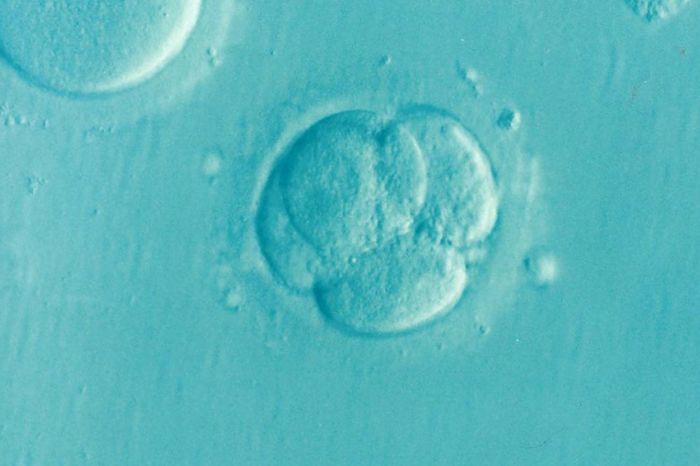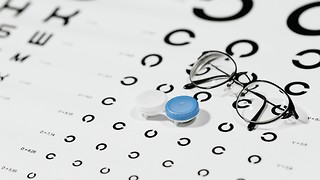Research Roundup: Week Five
Laura Verdina covers the latest scientific research

Fight or flight: neophobia in birds
A study led by a Cambridge researcher found that different species of birds show consistent differences in levels of neophobia (the fear of new things), contradicting previous theories. The group tested whether differences existed between different individuals, species, and other taxonomic groupings. As well as this, they examined whether certain ecological factors (such as diet and habitat) influenced levels of neophobia. The group used a large-scale collaborative open science framework called ManyBirds Project, which brings together data from researchers across the world.
The prior assumption was that neophobia was an entirely plastic trait between different birds, meaning that birds vary their aversion to new objects according to the environment they find themselves in, and was not related to their evolutionary history. To test this, researchers observed the tendency for a bird to touch food either in the presence or absence of an unfamiliar object. The result was that consistent differences were found between individuals, species, and all other taxonomic levels. This would suggest that some birds are naturally more fearful than others, regardless of their environment.
“This would suggest that some birds are naturally more fearful than others, regardless of their environment”
Following this result, the team then went on to investigate whether ecological factors like diet and habitat could explain the differences between different birds. Previous studies analysing these ecological factors had been quite limited due to only studying one family of birds. However, the large dataset used in this new study meant differences between birds based on their diet could be analysed.
Overall, the study found birds with a restricted diet who are migratory and tend to live in areas with a low variety of habitats showed higher levels of neophobia. This supports two preexisting evolutionary hypotheses: the Neophobia Threshold Hypothesis, and the Dangerous Niche Hypothesis. The former states that species with specialised diets (as opposed to ‘generalist’ diets) will be more neophobic, while the latter states that levels of neophobia would increase in dangerous habitats, such as those with lots of predators. These two hypotheses are based on the idea that trying new things can be ‘costly’ in situations where there is risk, such as in an unfamiliar environment, or where your diet is already restricted. These findings shed light on the evolutionary causes for neophobic behaviour, allowing us to better understand why birds might choose ‘flight’ over ‘fight’ in a novel situation.
Hematoids: miniature blood factories
“This stage of development cannot be visualised in a real human embryo, which would have implanted into the womb by the time blood cells form”
Scientists from the Gurdon Institute have produced a model which can mimic how human embryos produce blood, enabling them to create human blood cells as well as blood stem cells (hematopoietic stem cells).
‘Hematoids’ are embryo-like structures which can be grown in a lab over a couple of weeks, using human stem cells created from any cell in the body. The blood cells they produce could be used in therapies for blood-related diseases.
These hematoids differ from an embryo as they are unable to progress further in development due to lacking crucial structures such as a yolk sac and placenta. However, they do simulate early stages of embryonic development, especially how blood begins to form. In fact, beating ‘heart’ cells can be seen to have formed by day eight. This stage of development cannot be visualised in a real human embryo, which would have implanted into the womb by the time blood cells form, making the model especially useful.
Though other methods exist for generating hematopoietic stem cells, this is the first model that is self-organising and doesn’t require excessive amounts of extra proteins to sustain its growth. The products made by hematoids could have significant applications in medical therapies. Co-first author of the study Dr Jitesh Neupane stated that the use of this new model “offers potential medical advances to screen drugs, study early blood and immune development, and model blood disorders like leukaemia.”
As these hematoids are grown from human stem cells, they can be produced from any cell in a patient’s body. This means any blood or stem cells produced would be fully compatible with the patient’s body and hopefully wouldn’t be rejected by the patient’s immune system, providing an opportunity for remarkable personalised treatment.
 News / SU reluctantly registers controversial women’s soc18 December 2025
News / SU reluctantly registers controversial women’s soc18 December 2025 Features / Should I stay or should I go? Cambridge students and alumni reflect on how their memories stay with them15 December 2025
Features / Should I stay or should I go? Cambridge students and alumni reflect on how their memories stay with them15 December 2025 News / Dons warn PM about Vet School closure16 December 2025
News / Dons warn PM about Vet School closure16 December 2025 News / Cambridge study finds students learn better with notes than AI13 December 2025
News / Cambridge study finds students learn better with notes than AI13 December 2025 News / Uni registers controversial new women’s society28 November 2025
News / Uni registers controversial new women’s society28 November 2025










